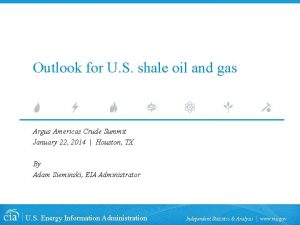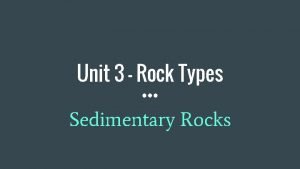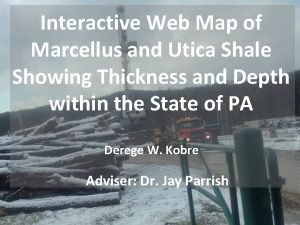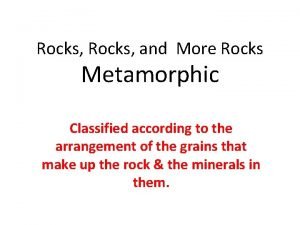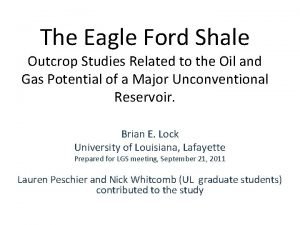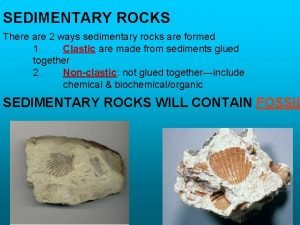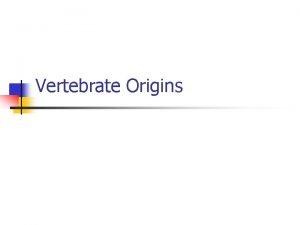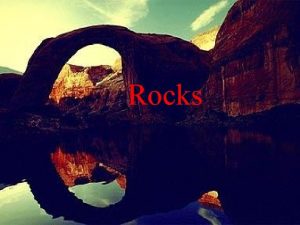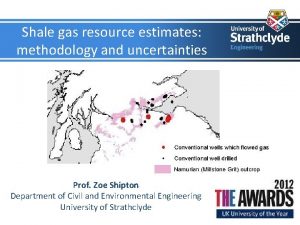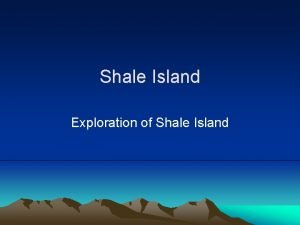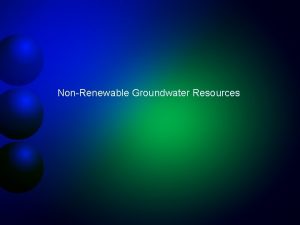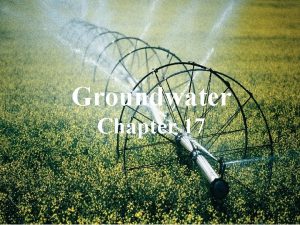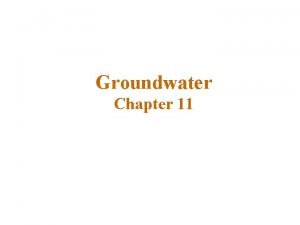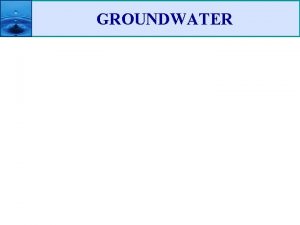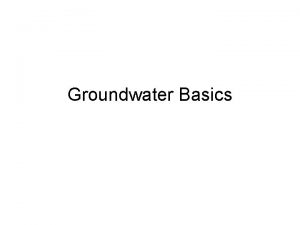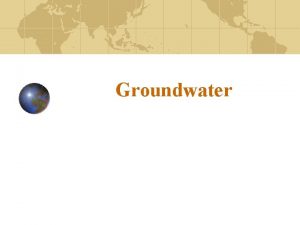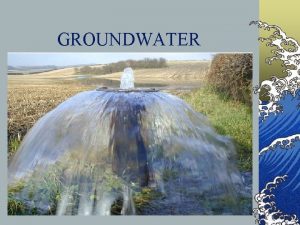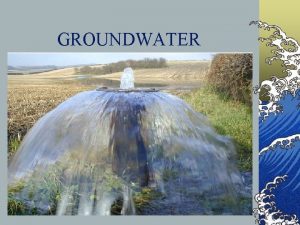1 2 Shale gas impacts on groundwater resources













- Slides: 13

1 2 Shale gas impacts on groundwater resources Insights from monitoring a fracking site in Poland Nelly Montcoudiol 1 (Nelly. Montcoudiol@glasgow. ac. uk), Catherine Isherwood 2, Andrew Gunning 2, Thomas Kelly 2, Paul Younger 1 EGU – Vienna – 24 th April 2017

Introduction • Shale gas boom in the USA and controversy on environmental impacts of hydraulic fracturing (‘fracking’) • Cautious approach in Europe • SHale gas Exploration and Exploitation induced Risks Ø Developing best practice to understand, prevent and mitigate the potential short- and long-term environmental impacts and risks from shale gas exploration and exploitation • Three major potential risks: Ø Induced seismicity Ø Groundwater contamination Ø Air pollution N. Montcoudiol et al. – Groundwater monitoring in Poland

Introduction • Hydraulic fracturing and possible scenarios of impact d. ) Abandoned well legacies – preferential pathways Impacts on groundwater resources (modified after US EPA (2012)) US EPA (2012). Study of the Potential Impacts of Hydraulic Fracturing on Drinking Water Resources, PROGRESS REPORT, US Environmental Protection Agency Office of Research and Development Washington, DC, December 2012 EPA/601/R-12/011 N. Montcoudiol et al. – Groundwater monitoring in Poland

Location of the drilling pad GW flow Horizontal wells aligned with fault trends Source: PGNi. G N. Montcoudiol et al. – Groundwater monitoring in Poland

Chronology 2013 Autumn 2015 Dec. 2015 – May 2016 June – July 2016 Aug. 2016 …. • Drilling of the vertical well • Drilling of the horizontal wells • Installation of GW monitoring network • Baseline monitoring (6 months – 4 site visits) • Fracking in the 2 horizontal wells • Sampling of GW, frac fluid and flowback fluid • On-going post-frac monitoring (visits every month in 2016, every 2 months in 2017) N. Montcoudiol et al. – Groundwater monitoring in Poland

Data collection in the field Continuous data Site visits GW levels Alkalinity Patm, Tair Samples for lab analyses / QA • Ions • Metals • Dissolved gases • Isotopes Physico-chemical parameters Set up for groundwater sampling at well GW 3 Pabs, TGW & Spec. Cond. N. Montcoudiol et al. – Groundwater monitoring in Poland

Quaternary geology Source: C. Isherwood N. Montcoudiol et al. – Groundwater monitoring in Poland

Groundwater levels Fracking WYSIN-2 N. Montcoudiol et al. – Groundwater monitoring in Poland Fracking WYSIN-3

GW stable isotopes & recharge • H 2 O stable isotopes • Recharge model Ø FAO (Allen et al. 1998) Ø Composite model for soil occupation o 25% wheat o 25% Ray Grass o 20% wood o 15% pasture o 15% corn GMWL (IAEA, 2016) Ø GW samples plot on the GMWL and interpolated LMWL Ø Recharge in April and/or October Ø Flowback fluid with different signature IAEA, 2016. RCWIP (Regionalized Cluster-Based Water Isotope Prediction) Model – gridded precipitation δ 18 O|δ 2 H| δ 18 O and δ 2 H isoscape data. International Atomic Energy Agency. Vienna, Austria. From http: //www. iaea. org/water, accessed April 2016. N. Montcoudiol et al. – Groundwater monitoring in Poland Dry spring Some recharge Wet summer Limited recharge Wet autumn Recharge Allen, R. G. , L. S. Pereira, D. Raes & M. Smith, 1998. Crop evapotranspiration - Guidelines for computing crop water requirements. FAO Irrigation and drainage paper 56. FAO, Rome. 300(9): D 05109.

Temperature & specific conductivity • Temperature N. Montcoudiol et al. – Groundwater monitoring in Poland • Specific conductivity

Groundwater chemistry • Groundwater • Frac fluid Ø Ca-HCO 3 5 0 Ø Na-HCO 3? 5 meq/l Ca • Flowback fluid 5 0 Ø Na-Cl 5 meq/l 1000 0 1000 meq/l HCO 3 Mg Na SO 4 Cl • Temporal variability Ø During baseline N. Montcoudiol et al. – Groundwater monitoring in Poland Scale 1: 200 Ø During entire monitoring

Conclusion & perspectives • Typical Quaternary aquifer Ø Ø Semi-confined to confined Limited variations of groundwater levels Recharge mainly occurring in Autumn Similar chemistry: Ca-HCO 3 water type, with limited temporal variability • Signature of flowback fluid completely different Ø No short-term impacts on GW resources from the exploration well / hydraulic fracturing • Statistics: are changes significant? • Groundwater model Ø Aquifer behaviour Ø Conditions for detecting impact N. Montcoudiol et al. – Groundwater monitoring in Poland

Acknowledgement • This project has received funding from the EU’s Horizon 2020 research and innovation programme under grant number No 640896 Ø www. sheerproject. eu • Project partners N. Montcoudiol et al. – Groundwater monitoring in Poland
